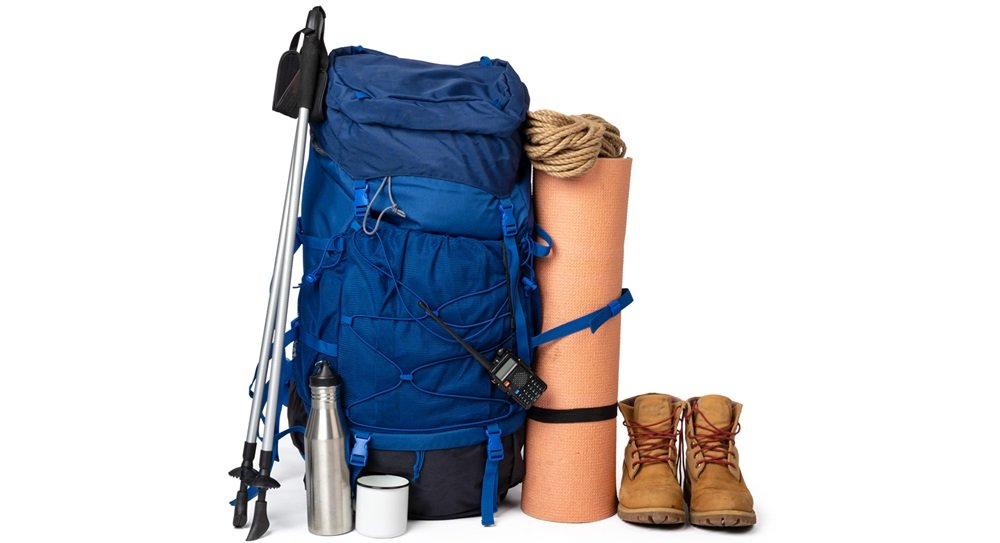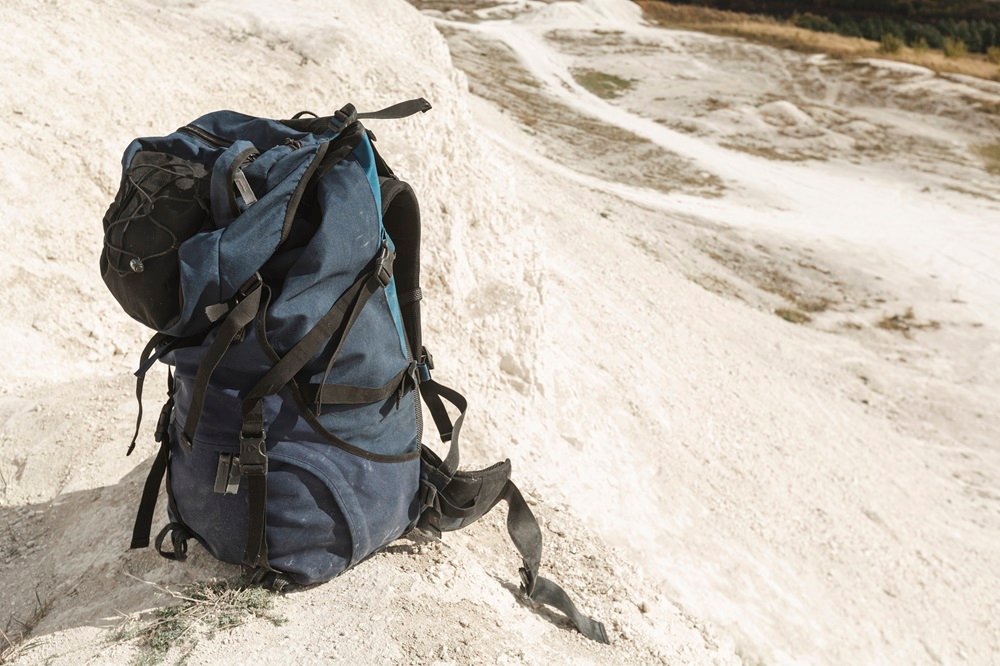You’ve had your backpack for years, and it’s been through countless adventures. But that used backpack sitting in your closet might not provide the same support it once did.
The hip belt and shoulder straps take the most beating over time, and their compression systems can lose effectiveness without you even noticing.
What Happens to Compression Over Time?
Your backpack’s compression system works harder than you think. Every time you load it up and hit the trail, the hip belt and shoulder straps compress and decompress thousands of times. The foam padding breaks down, fabric stretches, and hardware loosens.
Research from outdoor gear testing labs shows that foam compression in backpack straps reduces by 15-25% after 200 days of use.
That’s roughly two years of weekend hiking for most people. The hip belt suffers even more because it carries 80% of your pack’s weight.
Visual Inspection Techniques
Start with what you can see. Look for these obvious signs of wear:
Foam indentations are your first clue. Press your thumb into the hip belt padding.
If it stays compressed for more than 3 seconds after you remove pressure, the foam has lost its spring. Healthy foam bounces back immediately.
Check the fabric tension by pinching the shoulder strap material. Original fabric should feel taut and resist stretching. Worn fabric feels loose and gives way easily under pressure.
Hardware inspection matters too. Buckles should click firmly into place. If they slip or require extra force to engage, the plastic has worn down.
Metal components like adjustment sliders should move smoothly but not slide on their own.
Physical Testing Methods
Time for hands-on evaluation. Put the pack on and load it with 20-25 pounds of gear.
This weight lets you feel compression issues without overloading a potentially damaged system.
The shoulder test involves lifting your shoulders while wearing the loaded pack. You should feel the hip belt take over immediately.
If your shoulders still carry weight after adjusting the load lifters, your hip belt compression has failed.
Try the walking test next. Take 20 steps with the loaded pack. The hip belt should stay in position without sliding down.
If it drops more than an inch, the padding no longer provides adequate grip against your body.
| Test Type | What to Look For | Replacement Needed If |
| Foam Recovery | Press and release padding | Takes >3 seconds to bounce back |
| Weight Distribution | Load 25 lbs, adjust straps | Shoulders carry >20% of weight |
| Position Stability | Walk 20 steps | Hip belt slides down >1 inch |
Hip Belt Compression Evaluation
Your hip belt does the heavy lifting, literally. After extended use, you need to check both the padding density and structural integrity.
Press firmly along the entire length of the hip belt. The padding should feel consistent throughout.
Soft spots or areas that compress completely indicate breakdown. Pay special attention to the contact points where your hip bones rest – these areas wear fastest.
The belt’s internal structure matters just as much as the padding. Flex the hip belt backward and forward.
You shouldn’t hear cracking sounds or feel the internal frame shifting. These signs mean the structural support has failed.
Modern hip belts use dual-density foam – firm support foam covered by softer comfort foam.
When this system fails, you’ll notice pressure points that never bothered you before. Your hips might feel sore after short hikes that used to be comfortable.
Shoulder Strap Assessment
Shoulder straps work differently than hip belts but suffer similar wear patterns. They need to distribute weight evenly while allowing your arms to move naturally.
Check the contouring first. Well-functioning shoulder straps curve to match your shoulder and chest shape.
Worn straps lose this curve and feel flat against your body. This creates pressure points and reduces comfort significantly.
The load lifter connection deserves special attention. These small straps connect the top of your shoulder straps to the upper part of your pack frame. They should pull the pack close to your back.
If the load lifters can’t create this connection, your pack will pull away from your body and strain your shoulders.
Test the padding recovery the same way you tested the hip belt. Press and release. Shoulder strap foam typically lasts longer than hip belt foam because it carries less weight, but it still degrades over time.
Red Flags That Mean Replacement
Some problems can’t be fixed and mean you need new gear. Fabric tears around stress points indicate the material has reached its limit. Small tears grow quickly under load and can fail catastrophically.
Permanent compression in foam padding means the cellular structure has collapsed. This foam won’t recover no matter what you do. Hardware failure like broken buckles or bent frames also requires replacement.
If your pack causes pain in places it never did before, the compression system has probably failed. Don’t ignore these signals – they often get worse quickly.
Extending System Life
Regular maintenance helps compression systems last longer. Clean your pack after dirty trips. Dirt and debris work their way into foam and break it down faster.
Store your pack loosely loaded rather than compressed in a stuff sack. This lets the foam maintain its cellular structure.
Rotate weight distribution by adjusting straps slightly on each trip so the same spots don’t always bear maximum load.

When Professional Help Makes Sense
Some repairs require professional attention. Repadding services can restore comfort to an otherwise good pack frame. This costs 30-50% of a new pack price but extends life significantly.
Hardware replacement through manufacturer service departments often costs less than buying new gear. Many companies stock replacement parts for packs up to 10 years old.
Your backpack’s compression system directly affects your comfort and safety on the trail. Regular evaluation helps you catch problems before they become dangerous.
A used backpack with good compression can serve you for years more, but one with failed systems needs attention before your next adventure.
Frequently Asked Questions
How do I know if the foam in my used backpack has worn out?
Ans: Press your thumb into the hip belt or shoulder strap padding. If it takes more than 3 seconds to bounce back, the foam is permanently compressed and needs replacing.
What are the most common failure points in a used backpack?
Ans: Hip belt padding (since it carries ~80% of pack weight), shoulder strap contouring, buckles, load lifters, and seams around stress points.
Can I fix a failing hip belt or shoulder strap instead of replacing the backpack?
Ans: Yes. Many brands and third-party services offer repadding or hardware replacement, often for 30–50% of a new pack’s cost.
How can I test if a used backpack still provides proper support?
Ans: Load it with 20–25 lbs and do a shoulder lift test (shoulders should offload weight quickly to the hip belt) and a walking test (hip belt shouldn’t slide down more than 1 inch).
When is it time to replace a used backpack completely?
Ans: If there are tears around stress points, cracked internal frames, collapsed foam, or recurring pain during use, replacement is the safest option.How do I make a used backpack last longer?
Ans: Clean it after trips, avoid long-term storage under compression, and vary strap adjustments so the same areas don’t always carry the load.



